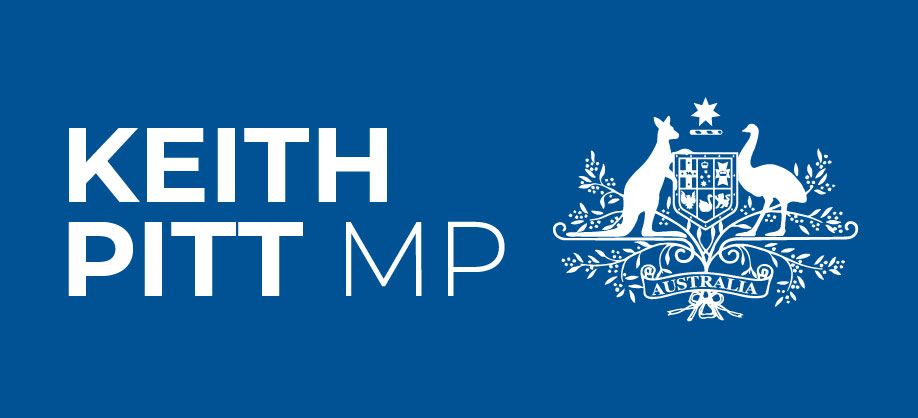Questions without notice – Mineral Industry
Mr COULTON (Parkes): My question is also to the Minister for Resources and Water. Will the minister inform the House how the Morrison-Joyce government is positioning Australia as a leading supplier of critical minerals and rare earth elements to meet the growing global demand for the new energy technologies required in a modern economy, and what will this mean for the communities in the Parkes electorate? Is the minister aware of any alternative policies?
Mr PITT (14:46): I thank the honourable member for their question. The sun is shining down on the honourable member’s electorate, and they’re in a really good position in terms of agriculture. It looks like a record crop. There’s a lot of water in the dams and infrastructure, but in terms of critical minerals, as the honourable member knows, there are significant resources in his area. That includes the company ASM, which signed a $250 million framework agreement with the South Korean consortium, and that looks like a significant investment. Also, this government has announced a $2 billion critical minerals infrastructure loan facility. That will help us to drive some of these projects forward. That will help us to ensure that critical minerals continue to grow, continue to build the Australian economy and continue to provide jobs for Australians.
Why is that important? If we look at what’s happening around the world right now, we know that Europe’s industry associations issued a statement on 22 October 2021, and that statement said they expect that the shortage in global magnesium could halt their operations in the next few weeks across Europe. The reason for that is that approximately 90 per cent of the magnesium global output comes from China. We know that in Australia we hold enough of this resource to potentially support that global demand for more than 100 years. So right across the critical minerals spectrum we want to see Australian resources in these products. We want to see Australian resources into things like batteries. I know those opposites have got a lot of questions for me around batteries, but we have some of the largest recoverable reserves of critical minerals in the world.
In fact, the nine most advanced critical mineral projects in Australia alone have the potential to add more than 7,000 jobs and unlock $8 billion of worth of investment. If we add that on to the $349 billion forecast for resources already and the 260,000-plus Australians already employed, this is a good outcome for our country. We are looking to ensure that we can fill these markets where there is demand. We want to ensure that demand is filled by Australian companies, Australian resources that are delivered by Australian workers. Those opportunities will come because of the support from the Commonwealth, the fact that we outline our plans, that we deliver absolutely a $2 billion loan facility and other levels of support. Quite simply: this is good for our country. It’s good for our economy. It’s good for opportunities, particularly in regional Australia, like in the member for Parkes’s electorate, like in the member for Flynn’s electorates, like in many regional electorates right around the country. We expect to see a lot of these jobs delivered over the coming years. We want to make sure that we fill as many as possible downstream from minerals to metals. That is why we’re supporting the sector.
In my last few seconds, while I’ve got the opportunity, I’m asked about alternatives. We know that those opposite continue to talk down the resources sector and Australia. We stand up for our sector. We support the resources sector. We want to see more jobs, not fewer. Shame on those opposite.

